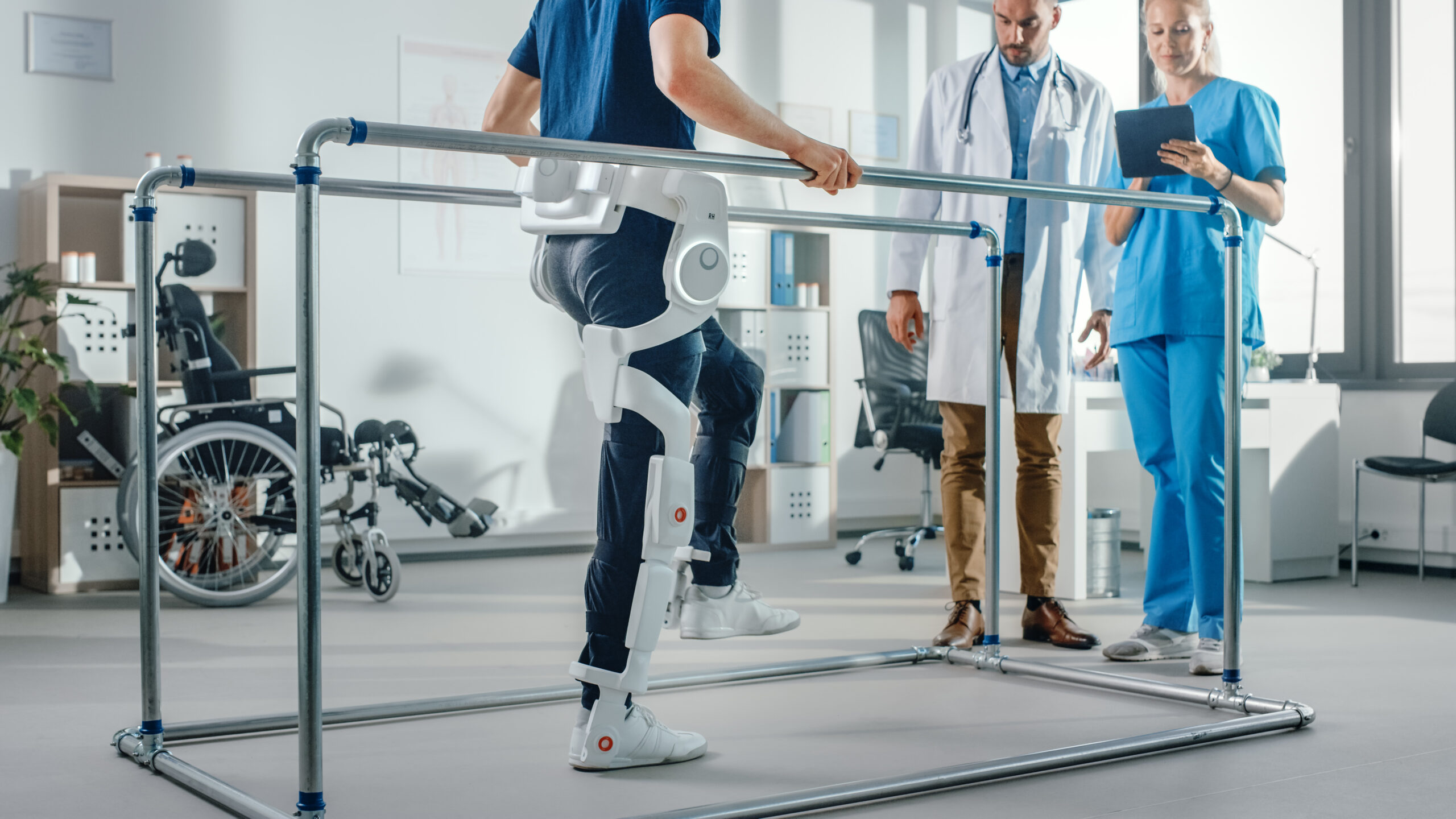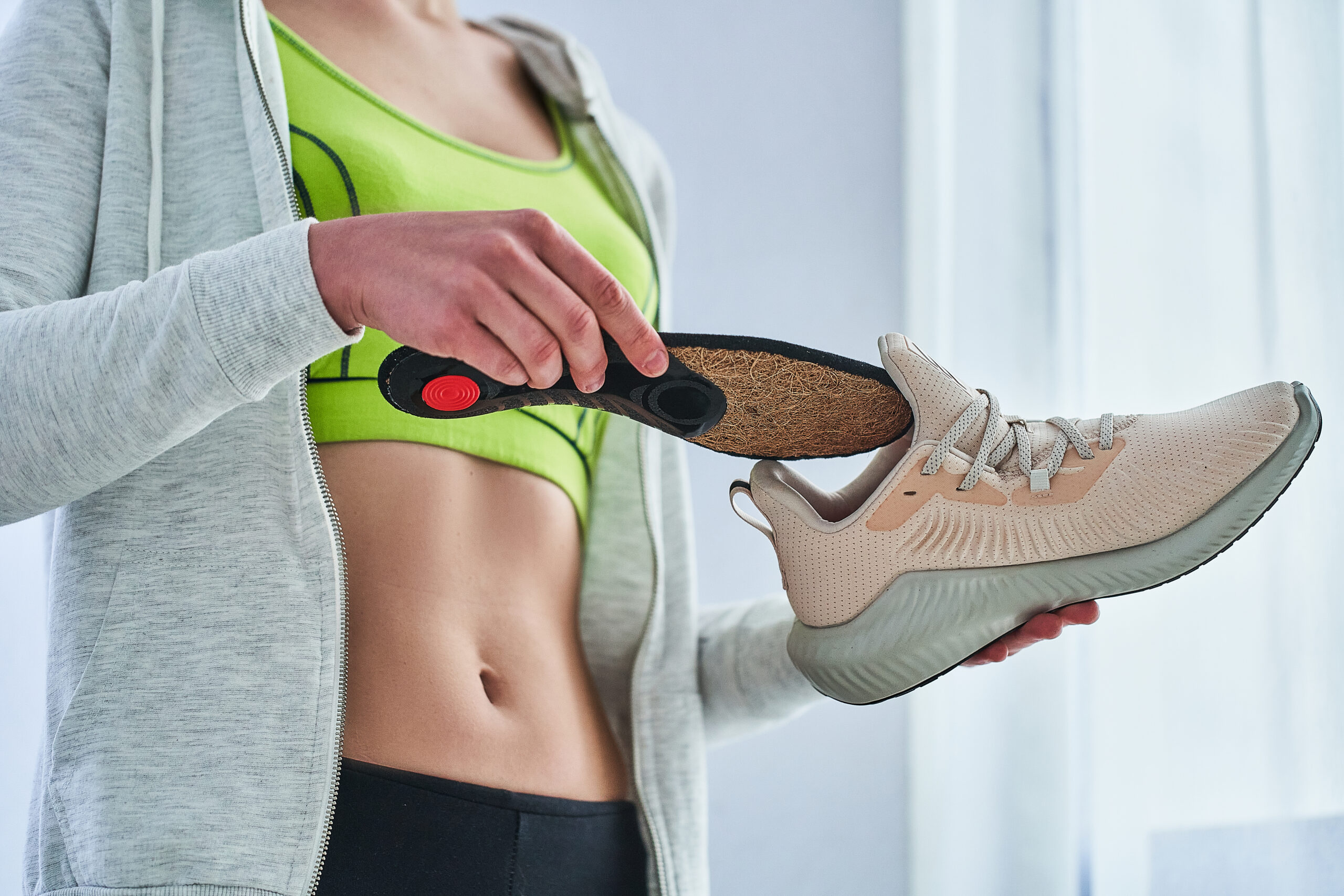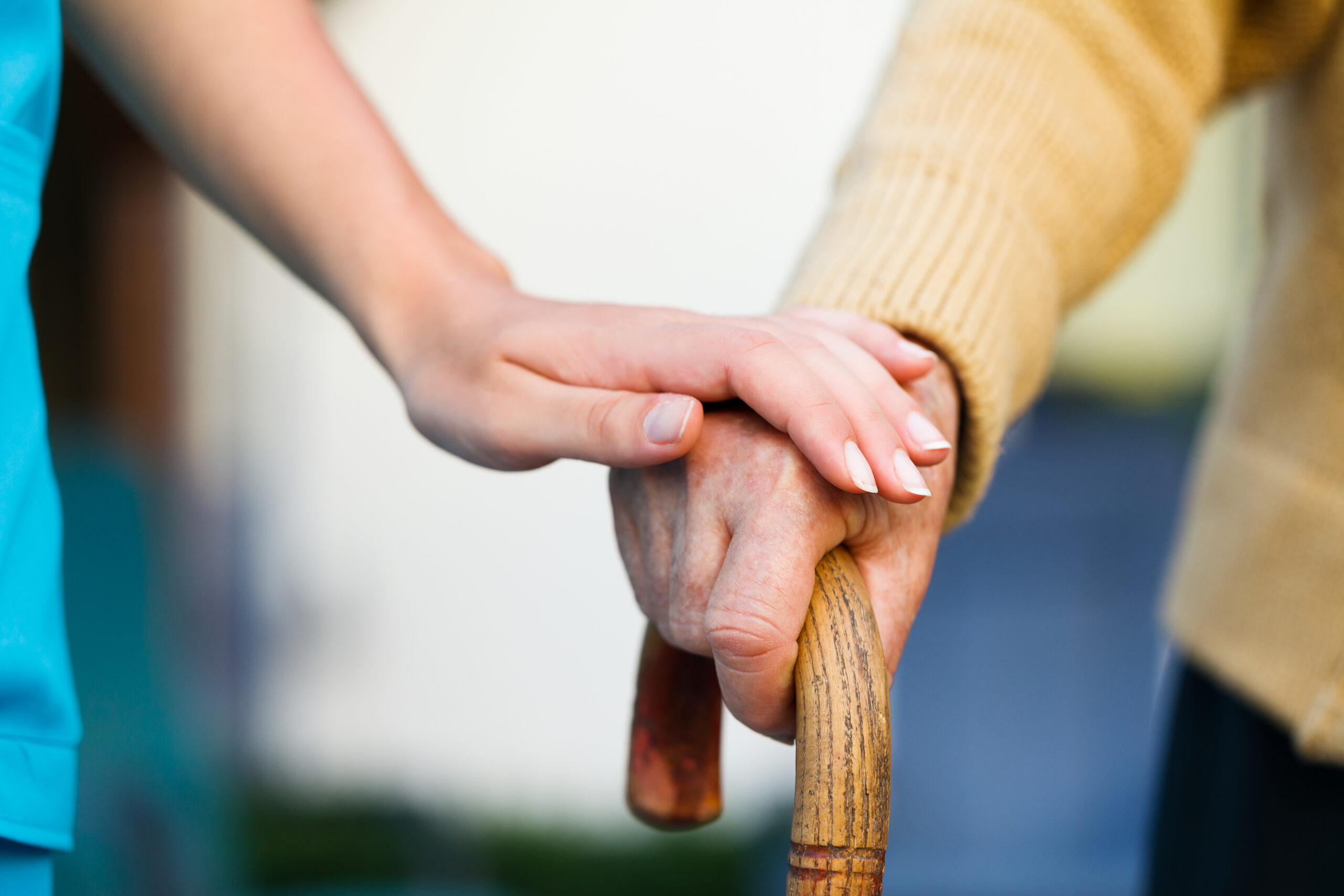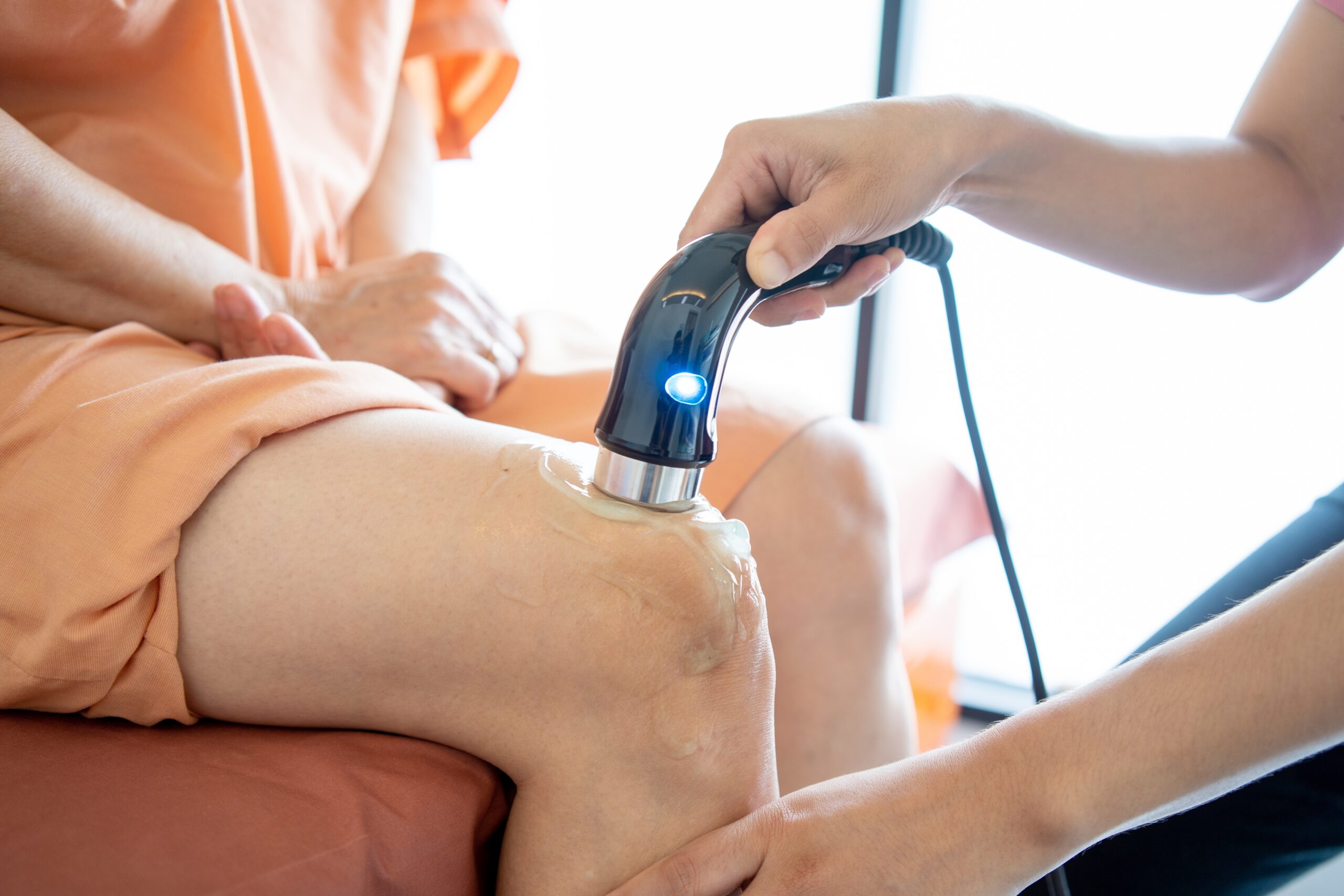Orthotic devices play a pivotal role in providing support, stability, and relief for individuals with musculoskeletal conditions or injuries. From correcting alignment to aiding rehabilitation, these devices are instrumental in improving mobility and enhancing overall comfort. Let’s explore the world of orthotic devices and their impact on individuals’ lives:
Understanding Orthotic Devices
- Purpose and Functionality: Orthotic devices are externally applied medical aids designed to support, align, prevent, or correct musculoskeletal disorders, injuries, or abnormalities.
- Types of Orthotic Devices: There is a wide array of orthotic devices catering to different body parts and conditions, including braces, splints, shoe inserts (orthotics), and prosthetics for amputees.
Benefits and Functions
- Support and Stability: Orthotic devices provide structural support and stability to joints, muscles, ligaments, and bones, aiding in injury prevention and recovery.
- Alignment Correction: Devices like braces or splints help correct misalignments, improving posture, and reducing discomfort associated with abnormal positioning.
Common Types of Orthotic Devices
- Braces and Splints: Used for various body parts like knees, ankles, wrists, and elbows to provide support, immobilization, and stability after injuries or surgeries.
- Orthopedic Shoe Inserts: Custom or over-the-counter inserts for shoes to correct foot biomechanics, alleviate pain, and provide arch support for conditions like plantar fasciitis or flat feet.
- Prosthetics: Artificial limbs designed to replace lost limbs due to amputation, enabling individuals to regain mobility and functionality.
Choosing the Right Orthotic Device
- Consultation with Healthcare Professionals: Seek guidance from orthopedic specialists or physical therapists to assess the specific condition and receive recommendations for the most suitable device.
- Customization and Fit: Consider personalized or custom-made orthotic devices for better fit, comfort, and effectiveness.
Integrating Orthotic Devices into Daily Life
- Consistent Use: Adhering to recommended usage guidelines is crucial for the device to be effective. Follow healthcare provider instructions regarding duration and situations for wearing the orthotic device.
- Monitoring and Adjustments: Regularly monitor the device’s fit and condition. Adjustments or replacements may be necessary over time due to wear and changes in the body.
Conclusion
Orthotic devices play a vital role in enhancing mobility, supporting rehabilitation, and improving the overall quality of life for individuals with musculoskeletal conditions or injuries. By providing support, stability, and corrective functions, these devices empower individuals to engage in daily activities with reduced discomfort and improved functionality. Collaboration with healthcare professionals ensures the selection of the most appropriate orthotic device, personalized to meet individual needs, fostering a path towards better mobility and comfort.








